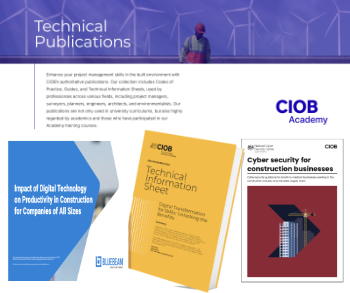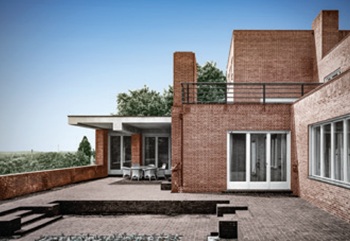Neon lighting
Neon lighting is a type of electrical lighting that uses neon gas and a high voltage electrical current to produce a glowing light. The neon gas is contained in a glass tube, and when an electrical current is passed through it, the gas becomes ionized and emits light.
The use of neon lighting dates back to the early 20th century, when French engineer Georges Claude developed the first neon lamp. The first neon lamp was exhibited at the Paris Motor Show in 1910, and was an immediate success.
Since then, neon lighting has become a popular choice for a wide range of applications, including signage, advertising, and decorative lighting. Neon lights are known for their bright, vibrant colours and their ability to attract attention, which makes them suited for use in advertisements and other visual displays.
One of the unique features of neon lighting is that it can be bent and shaped into a variety of forms. This allows designers to create custom neon signs and displays that can be tailored to the specific needs of their clients.
Other applications include decorative lighting for homes and businesses, emergency lighting for vehicles, and illumination for scientific equipment.
Despite the popularity of neon lighting, there are some drawbacks to its use. One of the main issues is that neon lights require a high voltage electrical current. Additionally, neon lights are relatively expensive to produce and maintain compared to other types of lighting.
Neon lighting is a unique and eye-catching form of lighting, and its bright colours and ability to be shaped into custom forms make it a popular choice for those looking to add some visual interest to their spaces.
[edit] Related articles on Designing Buildings
Featured articles and news
Takes a community to support mental health and wellbeing
The why of becoming a Mental Health Instructor explained.
Mental health awareness week 13-18 May
The theme is communities, they can provide a sense of belonging, safety, support in hard times, and a sense purpose.
Mental health support on the rise but workers still struggling
CIOB Understanding Mental Health in the Built Environment 2025 shows.
Design and construction material libraries
Material, sample, product or detail libraries a key component of any architectural design practice.
Construction Products Reform Green Paper and Consultation
Still time to respond as consultation closes on 21 May 2025.
Resilient façade systems for smog reduction in Shanghai
A technical approach using computer simulation and analysis of solar radiation, wind patterns, and ventilation.
Digital technology, transformation and cybersecurity
Supporting SMEs through Digitalisation in Construction.
Villa Wolf in Gubin, history and reconstruction. Book review.
[[w/index.php?title=W/index.php%3Ftitle%3DW/index.php%3Ftitle%3DW/index.php%3Ftitle%3DW/index.php%3Ftitle%3DW/index.php%3Ftitle%3DConstruction_contract_awards_down_1bn%26action%3Dedit%26redlink%3D1%26action%3Dedit%26redlink%3D1%26action%3Dedit%26redlink%3D1%26action%3Dedit%26redlink%3D1%26action%3Dedit%26redlink%3D1&action=edit&redlink=1|Construction contract awards down £1bn]]
Decline over the past two months compared to the same period last year, follows the positive start to the year.
Editor's broadbrush view on forms of electrical heating in context.
The pace of heating change; BSRIA market intelligence
Electric Dreams, Boiler Realities.
New President of ECA announced
Ruth Devine MBE becomes the 112th President of the Electrical Contractors Association.
New CIAT Professional Standards Competency Framework
Supercedes the 2019 Professional Standards Framework from 1 May 2025.
Difficult Sites: Architecture Against the Odds
Free exhibition at the RIBA Architecture Gallery until 31 May.
PPN 021: Payment Spot Checks in Public Sub-Contracts
Published following consultation and influence from ECA.
Designing Buildings reaches 20,000 articles
We take a look back at some of the stranger contributions.
Lessons learned from other industries.

























Comments
[edit] To make a comment about this article, click 'Add a comment' above. Separate your comments from any existing comments by inserting a horizontal line.